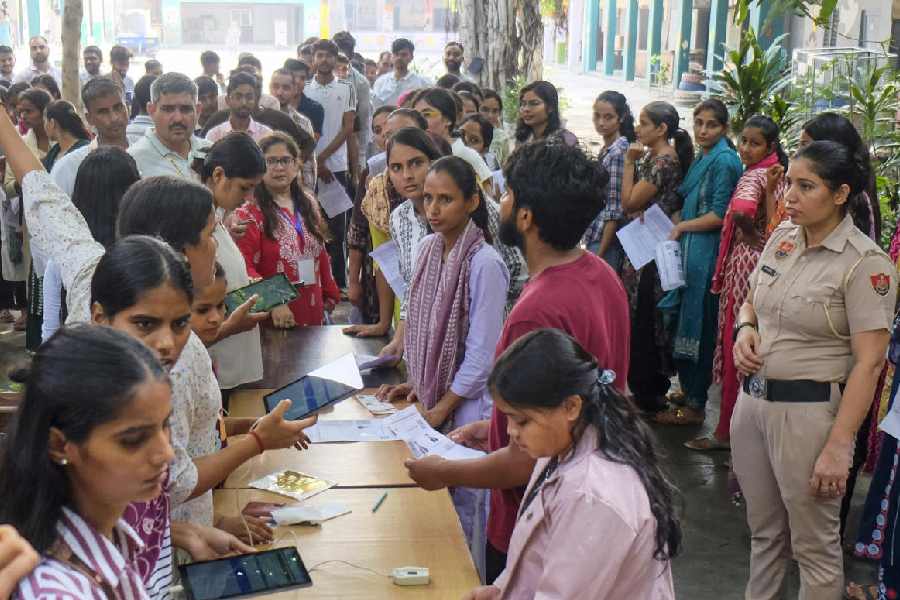.jpg)
Imphal, June 24: Scientists from the Wildlife Institute of India (WWI), state forest department officials, environmentalists and representatives of the villages around the Keibul Lamjao National Park discussed measures to conserve the park and alternative sources of livelihood for villagers around the park.
A series of stakeholders' consultation programmes concluded here yesterday. A "comprehensive solution" to conserve the sangai (brow-antlered deer) and also find an alternative livelihood for those who survive on collecting vegetables from the Keibul Lamjao National Park, the sangai habitat, was made.
The deliberations were organised by the WWI and the state forest department. The discourse began on Tuesday at Keibul Lamjao Makha Leikai, a village on the periphery of the park, while the second programme was held at Khordak village, also near the park, on Thursday, a release issued by the organisers today said. Yesterday's deliberations in Imphal rounded off the programme.
At the end of the consultation, the group strategised an adaptive approach for the management of the park. A proposal was made to establish a satellite population of the species and begin conservation-breeding efforts immediately.
"The group lay emphasis on the importance of developing livelihoods through synergies between different government departments and other stakeholders," the release said. The stakeholders suggested taking another look at the water allocation policy of Loktak lake and assessing the ecological, social and economic impacts. The team agreed that a comprehensive solution for these issues should be formulated.
Keibul Lamjao, the 40 square km sanctuary floating on the Loktak lake, is the last remaining natural habitat of the sangai ( Cervus eldi eldi), an endangered deer species. The sangai lives on the floating bio-mass. locally known as phumdi. It is located about 45km south of Imphal and spread across Imphal West, Bishnupur and Thoubal districts.
The deer is protected under Schedule-1 of the Wildlife (Protection) Act, 1972, and is included as endangered in the International Union for Conservation of Nature's Red List.
A survey conducted last year put the number of stags in the park at 75, hinds at 127 and fawns at 58. Official sources said the population is on an increasing trend. A survey carried out in 2013 put the figure at 204.
Villagers collect vegetables from the park, which is also food for sangai and other wild animals, for making a living. These villagers' activities inside the park often lead to conflict with the park authorities, sources said.
WWI ecologist S.A. Hussain, who has been working on the population, habitat and behaviour ecology and conservation genetics of sangai for the past 13 years, said in order to save the species, the people of Manipur should take some firm steps to reinstate the sangai population in the state.
WWI scientist Ruchi Badola suggested weaning out people from using park resources by developing alternate livelihood options for the local communities.
These deliberations were organised at a time when the WWI is in the process of framing a management plan for Keibul Lamjao National Park.

.jpg)








